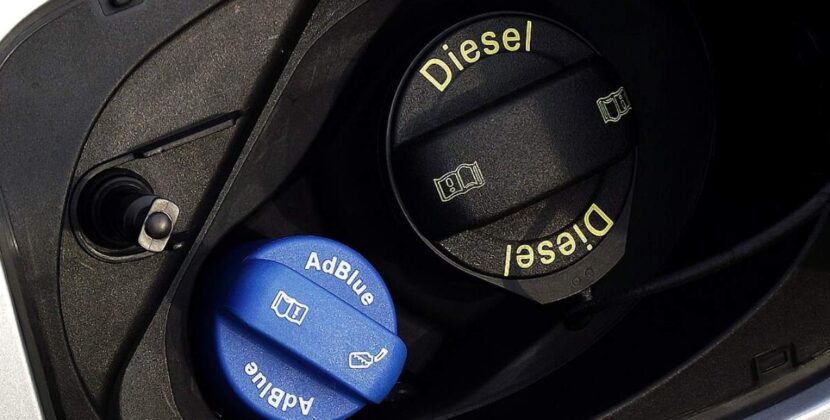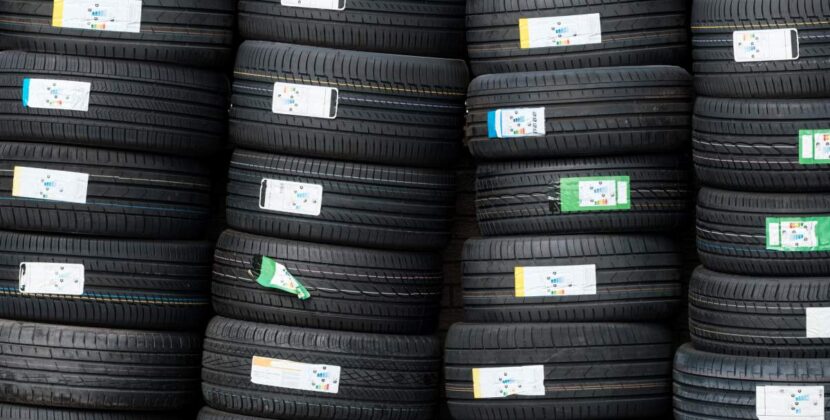Category: Technology
- Home
- Technology
Popular Post

The Science Behind Zone 2 Running: Fat Loss and Endurance (263)
- Blog Explaind
- March 25, 2025

GoPro Hero 10 Black Review in 2022 (207)
- Blog Explaind
- January 12, 2022

How Early Should I Plan My Wedding Catering? (191)
- Blog Explaind
- December 11, 2024

Benefits of Mindfulness Meditation (173)
- Blog Explaind
- March 5, 2023

Pest Control in Australia: How Often and the Costs? (123)
- Blog Explaind
- December 20, 2024
Newsletter
Weather
haze
27℃
28º - 18º
humidity: 43%
wind: 3 km/h
-
27℃Fri
-
26℃Sat
-
26℃Sun
-
27℃Mon
-
26℃Tue
-
26℃Wed









